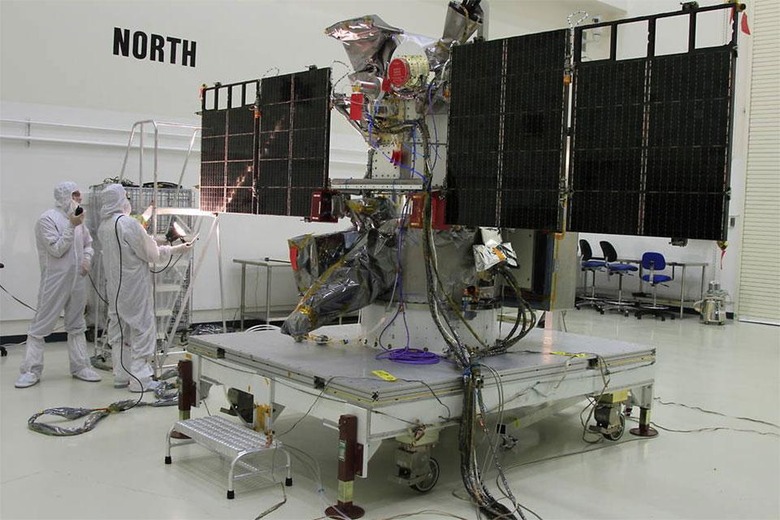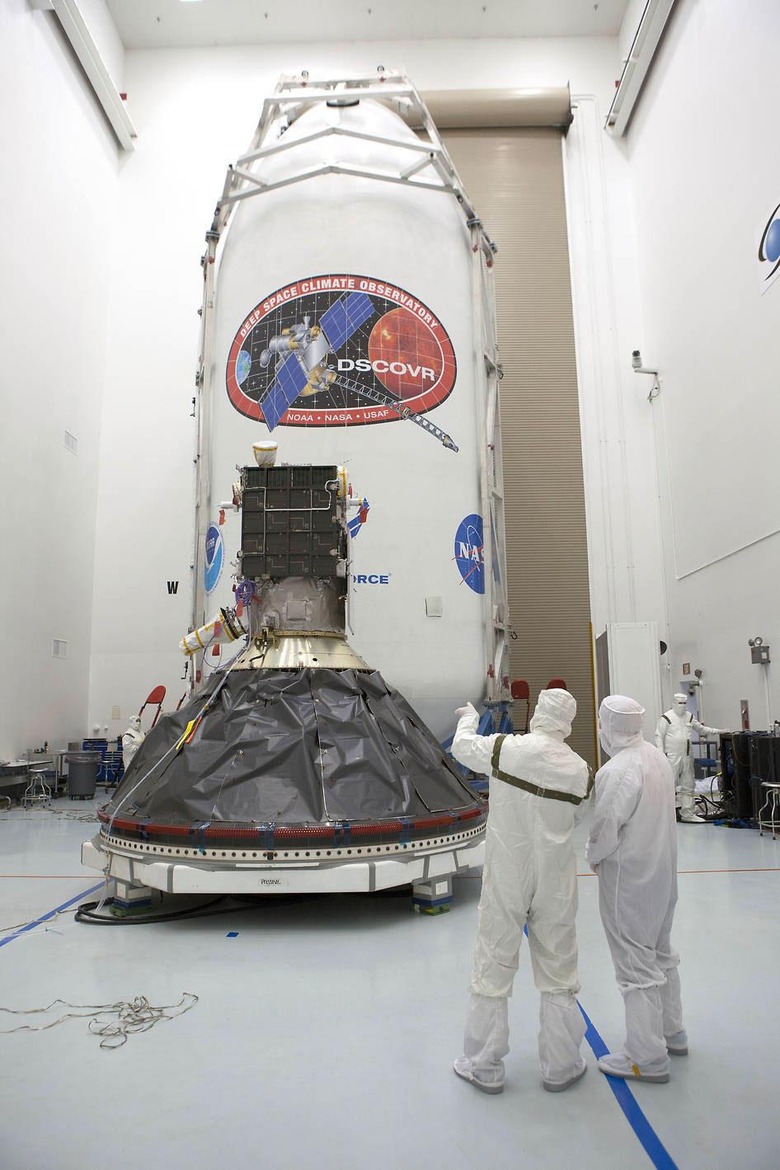DSCOVR success: watch SpaceX launch NASA's space weather station
You may have heard of the craft called DSCOVR, but what is it, exactly? Why is NASA working with SpaceX to launch this craft into orbit between our sun and the Earth? It'll serve as a warning beacon – that's what. DSCOVR stands for Deep Space Climate Observatory, and now that it's been launched into space (just last night), it'll allow much better lead time for NOAA's space weather alerts and forecasts. Geomagnetic storms is what this craft will be warning against – where, when, and how severe we'll be getting them.
What you're going to be seeing first here is a launch sequence provided by Space Launch Complex 40 at Cape Canaveral Air Force Station in Florida. DSCOVR is a partnership between NOAA, NASA and the U.S. Air Force – here you'll see the takeoff sequence as SpaceX launches the DSCOVR craft into space to keep the United States' real-time solar wind monitoring capabilities running smoothly.
Next you'll see the DSCOVR craft as it sat just a week ago on the ground being tested pre-launch.
This image comes courtesy of NOAA.

ABOVE: Workers conduct a light test on the solar arrays on NOAA's Deep Space Climate Observatory spacecraft, or DSCOVR, in the Building 1 high bay at the Astrotech payload processing facility in Titusville, Florida, near NASA's Kennedy Space Center.
The logo you see at the head of this article isn't just for web use. it was also plastered MASSIVELY on the payload set for the Falcon 9 launch yesterday.

ABOVE: Preparations to launch NOAA's Deep Space Climate Observatory spacecraft, or DSCOVR, near completion in the Building 1 high bay of the Astrotech payload processing facility in Titusville, Florida, near NASA's Kennedy Space Center. Photo credit: NASA
Next you'll see NASA and NOAA's most recent presentation on DSCOVR. This video shows in a very basic way why it's important that DSCOVR be launched and provide us accurate, timely warnings of potentially harmful space weather.
Stephen Volz, Ph.D., assistant administrator for NOAA's Satellite and Information Service, spoke up this week on the launch. "According to the National Academies of Sciences, a major solar storm has the potential to cost upwards of $2 trillion," said Volz, "disrupting telecommunications, GPS systems, and the energy grid."
"As the nation's space weather prediction agency, when DSCOVR is fully operational and our new space weather forecast models are in place, we will be able to provide vital information to industries and communities to help them prepare for these storms."
Once fully operational, DSCOVR will also be hosting NASA-funded secondary sensors for both Earth and Space science observations. Processed by NASA's DSCOVR Science Operations Center, this acquired Earth science data will then be archived and distributed by NASA's Atmospheric Science Data Center.
This is NOAA's first deep space mission. We'll be watching as DSCOVR brings us deep space knowledge in the near future!
